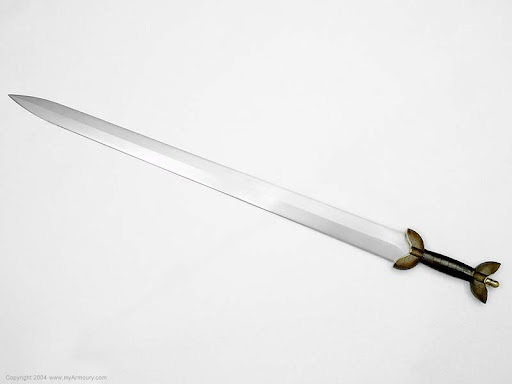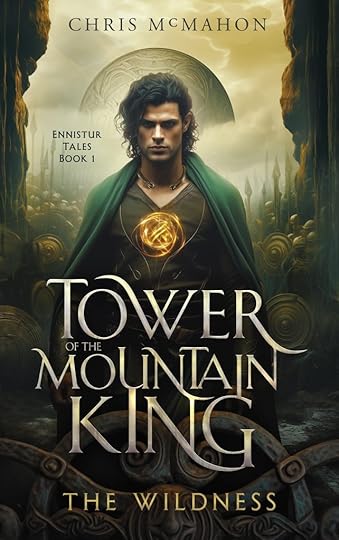When was the iron age?

My new novel Tower of the Mountain King: The Wildness is set in a world based on a very early Iron Age Ireland. In the book, I use the traditional Irish name for the country: Eire.
It is an alternative world, where the priests of the Celtic tribes — the druids — use magic and practice divination. Spirits still linger in the ancient landscape, and the magical sidhe race dwell in deep forest enclaves; blessed with long life, cursed to always tell the truth, and linked to the magic of the land. The time period for the book is around 500 BCE – which is very early Iron Age in Ireland.
So when was the Iron Age? The dates vary, depending on the reference source, often quoted at anywhere between 1200 BCE and 600 BCE. Why the range of time periods? Because the Iron Age started at different times in different locations.
Technological changes in modern society can happen rapidly, where everything changes in a single generation, but they can also happen slowly, or “layer”, where the old technology survives in particular niches.
New technology can also be rare, and expensive, when it first appears.
It’s easy to forget that changes spread very slowly across society in prior time periods.
The Iron Age was thought to have started in the great early civilisations of the Near East, then soon after around the Mediterranean. The Greeks had iron and steel from around 1200 BCE, whereas the tribes in the area of modern Italy started working with iron perhaps three centuries later around 900 BCE (Rome founded in 753 BCE). In central Europe, which was at that time was filled with a whole series of independent Celtic tribes, the technology moved slowly west across the continent, only reaching the very western edge of Ireland somewhere around 500-600 BCE.
But just because the new iron technology arrived, it did not mean people stopped using the old one. Bronze blades and implements were used well into the common era.
The Trojan War — if it was indeed a single historical event — might have been fought between 1194 – 1184 BCE (dates give by the Greek Eratosthenes, once chief librarian at the Library of Alexandria), or even earlier. Iron technology might have been making its first appearance, but these guys would have been using bronze blades.
Bronze is one case of a layered technology that persisted for hundreds of years. Bronze swords were used across Europe from 1600 BCE to 600 CE. Generally shorter and less durable, they were prone to bending and losing their edge, but they were obviously a reasonable alternative.
In my world of ancient Eire, iron blades are prized, and used by the elite warriors and nobles, while the common clansmen, if called to war, were more likely to be equipped with spears with bronze blades and wooden shields, or with the typical short bronze swords or knives.
Whereas for armour, even my noble warriors are more likely to have the traditional bronze armour used, and passed on to them, by their ancestors, than the fancy new iron versions. Metal of any sort was prized, and expensive, for these rurally based tribes. The workers of metal — both bronze and iron — were privileged craftsmen, with a status equivalent to that of members of the noble, land-holding class.
So, keen for some good old-fashioned fantasy action?
Check out Tower of the Mountain King: The Wildness, first book in the Ennistur Tales!
The western clans of Eire are under threat of conquest from vast northern armies and the dark immortal Golsheth. Rejected from druid training, Prince Lathel is left with a hole in his mind, and his magical talent crippled. Cursed with the blood of magical sidhe race, he must embrace this unique legacy, journey into the heart of the Sidhe Realm, and claim the only power that can save the West.

The post When was the iron age? appeared first on Chris McMahon.



